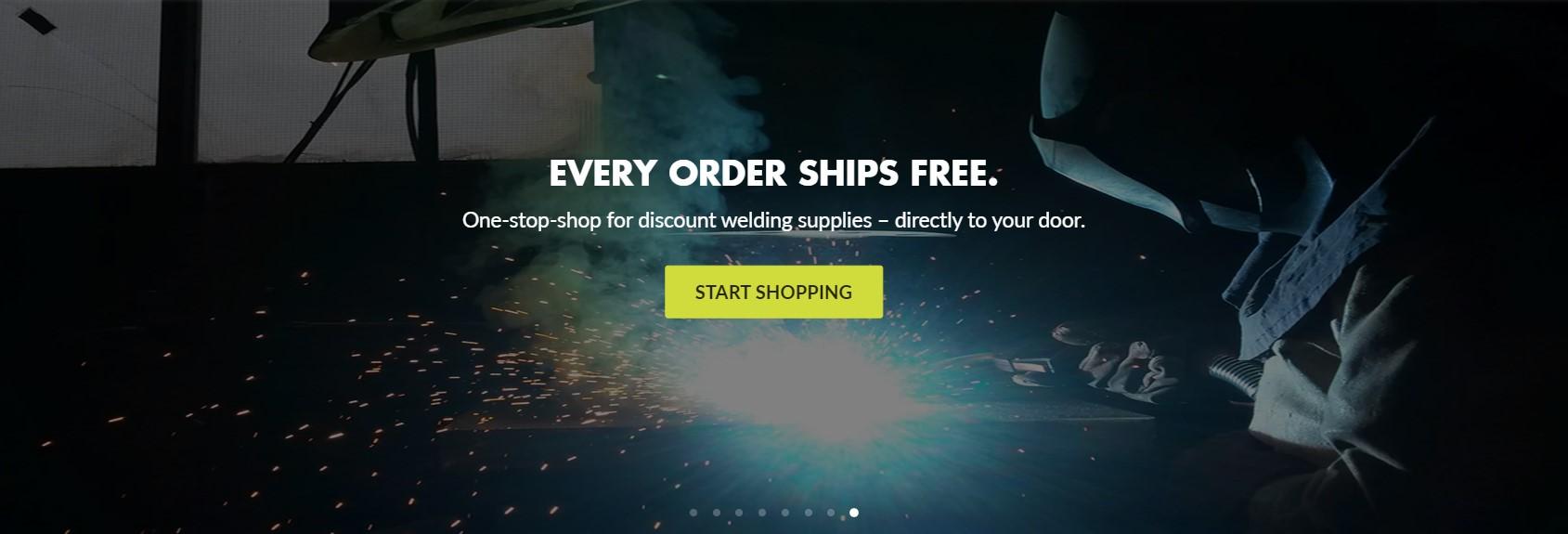The world of welding supplies is vast and complex, with many misconceptions and myths surrounding various products, techniques, and best practices. These misconceptions can lead to confusion, inefficiency, and even safety hazards for welders. This blog post will debunk some common welding supply myths and help you separate fact from fiction.
Myth 1: The Cheapest Welding Supplies are Always the Best Value
Debunked: While opting for the most affordable welding supplies may be tempting, the cheapest option is sometimes the best value. Low-cost welding supplies may be of inferior quality, leading to poor welds, reduced efficiency, and increased safety risks. Investing in high-quality welding supplies from reputable brands can help ensure reliable performance, durability, and safety, ultimately saving you money in the long run.
Myth 2: All Welding Helmets Provide Equal Protection
Debunked: Welding helmets vary greatly in features, materials, and quality. Some helmets offer auto-darkening lenses, adjustable shade levels, and enhanced comfort features, while others may have a fixed shade and basic design. A welding helmet's level of protection and comfort can greatly impact your safety and productivity. Choosing a helmet that meets industry safety standards and suits your specific welding needs is essential.
Myth 3: MIG Welding is Always Faster than TIG Welding
Debunked: While MIG welding is generally known for its speed and efficiency, there are situations where TIG welding may be more time-efficient. TIG welding provides greater precision and control, better suited for thin materials, intricate welds, and high-quality finishes. The most efficient welding process depends on the specific project and material requirements.
Myth 4: You Can Use Any Gas for MIG Welding
Debunked: The type of shielding gas used in MIG welding plays a crucial role in determining the weld's quality, appearance, and penetration. Using the right gas can result in better welds and increased efficiency. Common shielding gases include pure argon, carbon dioxide, and various argon, carbon dioxide, and other gases. The optimal gas choice depends on the welded material, welding process, and desired weld characteristics.
Myth 5: Stick Welding is Outdated and Inefficient
Debunked: While stick welding may be an older technology than MIG and TIG welding, it remains a valuable and efficient process in various applications. Stick welding is known for its simplicity, portability, and effectiveness on dirty or rusty materials. In certain situations, stick welding can be a more cost-effective and practical solution than other welding processes.
Myth 6: Flux-Cored Wire Produces Inferior Welds Compared to Solid Wire
Debunked: Flux-cored wire provides specific advantages over the solid wire, such as improved deposition rates, reduced spatter, and better penetration. When used correctly, the flux-cored wire can produce high-quality welds comparable to solid wire ones. The key to achieving excellent results with flux-cored wire is to select the appropriate wire type and follow the recommended welding parameters.
Myth 7: Welding Supplies Don't Require Regular Maintenance
Debunked: Regular maintenance ensures the longevity, performance, and safety of your welding supplies. It includes cleaning and inspecting your welding equipment, replacing worn or damaged components, and properly storing consumables. Refrain from regular maintenance to decrease efficiency, reduce equipment lifespan, and increase safety hazards.
Conclusion
Debunking common welding supplies myths is crucial for making informed decisions about the tools, equipment, and techniques you use in your welding practice. By separating fact from fiction, you can optimize your welding processes, ensure the safety and reliability of your equipment, and ultimately improve the quality of your work. Stay informed about the latest industry developments, and don't hesitate to consult experts and reputable resources when you have questions or concerns about welding supplies and best practices. It will help you stay ahead in an ever-evolving industry and ensure that your welding practice remains efficient, safe, and productive.
